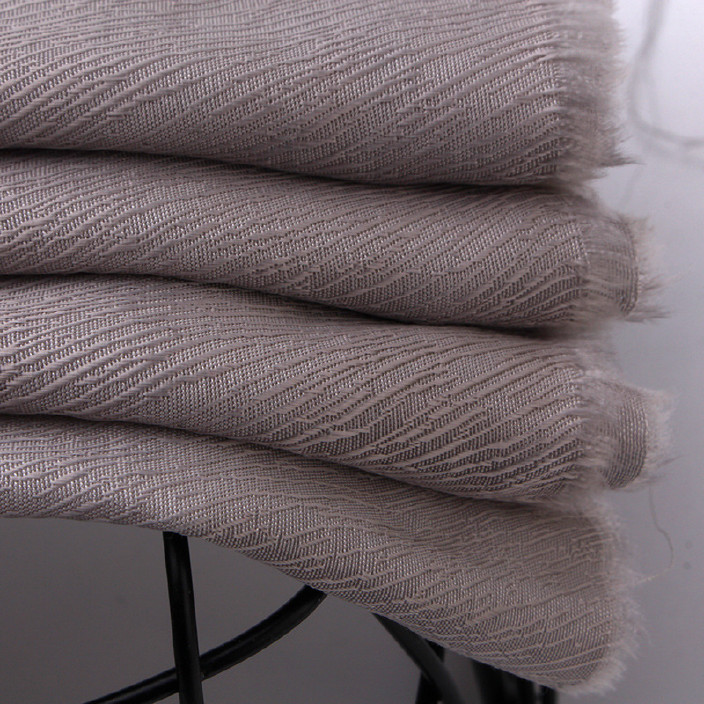In recent years, due to increased environmental protection awareness, increased social sustainability requirements and rising raw material costs, improving the utilization rate of raw materials has become more and more important in the spinning industry. In the future, due to limited raw material resources (especially cotton), increased consumer awareness of environmental protection, and recycling laws and regulations in specific countries/regions, the proportion of recycled raw materials used in the textile industry will continue to rise.
01Recycling market industry category
The recycling market will continue to grow rapidly, so the faster the various industrial sectors coordinate with each other, the smoother the coordinated development will be. Its industrial categories include:
•Raw material procurement/sorting
• Fiber opening
• Spinning process
• Further processing of yarn
• equipment
• Retailer
The typical application of recycled raw materials is the production of non-woven fabrics and low-count staple fiber rotor spinning (5-10 British counts). Now, renewable raw materials are being developed and expanded in the spinning process, and it is also possible to produce high-quality ring spinning yarns with high counts. This will promote the development of recycled fiber preparation and processing systems.
02 Raw material sorting and fiber opening requirements
In the future, new material sorting and fiber opening process requirements will be introduced, and the standards will be stricter to ensure that the staple fiber spinning process is efficient and can use recycled fibers to produce high-quality products. This also helps to ensure that the scope of application of recycled raw materials is further expanded.
In the future, automatic sorting will inevitably be carried out according to the most important process standards (such as raw materials, fabric structure and color). This requires long-term inter-departmental cooperation to find suitable technologies in existing or newly developed technologies. From the technical process analysis so far, we have identified some important optimization and priority areas for the extraction of raw materials for fiber opening:
2.1 Sorting method
• Types of raw materials
• Fabric structure (woven/knitted)
• Fabric color

2.2 Opening equipment design and setting
• Loosening of card clothing or pins
• Number of opening points
• Set up the opening equipment according to the fabric structure
• Use auxiliary materials (such as liquids) to reduce the fiber quality of "fiber metal stress" mechanically decomposing recycled raw materials
The opening preparation of recycled raw materials is essential to the spinning process. This is a special challenge and very important for post-consumer raw materials. The openness and efficiency of the fabric determine the proportion of suitable spinning fibers. If the fabric pieces in the spinning process cannot be opened or removed before the actual carding process (between the cylinder and the cover), even if it is very low The proportion of remaining cloth pieces may also pose a risk to the subsequent carding process.
In terms of opening and removing impurities from raw materials, we recommend that recycled fibers be fully opened at the beginning of the processing process. For fiber opening, the following specific indicators can be summarized and estimated in order to better process post-consumer raw materials in the future.
Fiber length is a key indicator of the decomposition process, used to determine the applicable downstream spinning process (ring spinning or rotor spinning), quality (evenness) and maximum spinning count (yarn count). Research carried out in recent years has shown that three fiber length characteristics are very important for quality classification:
• Short fiber content [%]
• Average fiber length [mm]
• 5% fiber length [mm]

Using this information, we have made the following classification. So far, classification is an important indicator for estimating the processability of raw materials and yarn quality. Up to "medium" grade recycled raw materials, blended fibers with a content of up to 75% recycled fibers can be processed using the ring spinning process. If it is a higher grade recycled and chemical fiber is used as the raw material of the primary component, the recycled fiber in the blend can account for up to 87.5%. The highest percentage of recycled fibers commonly found in the market depends on whether the quality, output and efficiency requirements can be met. The mixing target for recycled fibers is 25% to a maximum of 50%, which is not difficult to achieve. If technological resources are coordinated with each other and cooperation between related industrial sectors is deepened, this number will continue to increase. In the process of mechanical opening of the fiber, fiber damage and short lint are unavoidable. Therefore, the spinning process in the subsequent spinning process does its best to avoid further deterioration of fiber quality.